My Server is configured to accept both SSLv3 and TLS1.0 protocols. But a few clients are sending below handshake parameters and after the server hello, the client drops the connection and sends 'handshare failure(40) alert, not sure if it's the client fault or server.
Here's the initial client hello packet:
Secure Socket Layer
SSLv3 Record Layer: Client Hello
Content Type: Handshake (22)
Version: SSL 3.0 (0x0300) <-----------------
Length: 103
Handshake Protocol: Client Hello
Handshake Type: Client Hello (1)
Length: 78
Version: TLS 1.0 (0x0301) <-------------
Random
Session ID Length: 0
Cipher Suites Length: 18
Cipher Suites (9 suites)
The Record layer is SSL 3.0 but the inside handshake protocol is TLS 1.0. My question is, is this the right way of doing it i.e. using different versions for each layer? if it is what method is it? I can't find it anywhere, I looked through the RFC but can't find any reference. Also, how can I produce such requests?
EDIT: I'm not interested in troubleshooting and fixing the issue, I just want to know how can I send such packets? Any command? And what should I name this method? i.e. I can use curl or openssl to either use ssl3 or tls1 but that would send same version in both record layer and handshake layer:
curl -v -ssl3 https://www.mywebserver.com
Above curl command would look on wireshark:

EDIT2: Is this even legal? I have been googling around and can't find any example. Is it violating any rfc standards?
Thanks